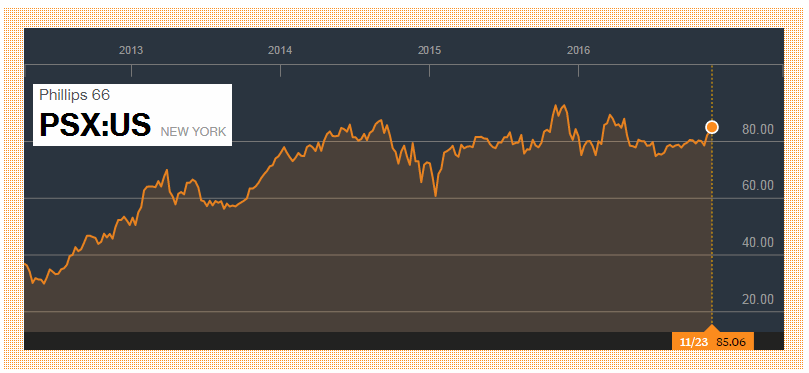Sometimes, a company comes to a conclusion that the activities of its subsidiaries or one of the divisions in its possession, is not consistent with the operations of the holding company. For example, the young subsidiary may require large amounts of money for the purpose of research and development, marketing or investment in fixed assets, and the parent company funds these needs and records large expenses for them, which are not directly related to its core activity. The other side of the coin is also true – the parent company limits the amount of investment in the subsidiary, thus preventing its development. History has shown that in many cases, when the subsidiary is independent, it can actually manage its own investments and progress faster towards success.
In other cases, the activity of the subsidiary differs substantially from the activity of the parent company, which makes it difficult for investors to correctly price the parent company’s shares. Consider for example a big clothing and footwear company that has a little unit which develops applications for mobile. The subsidiary may not yet be generating any revenue, and worse – requires extra expenses from the parent company, which reduces the consolidated net profit, leading investors to underprice the company. The more activities the holding company has, from a wide variety of areas, the more difficult it will be for investors to properly determine its fair value.
One of the options to focus the business operations of the parent company, to reduce unnecessary expenses and to correct the company’s share value as seen by investors is by separating the subsidiary from it. A direct way of separating is by selling the activity to another company, public or private. In recent years we are seeing many cases in which such purchases are made. The big advantage is not only in separating the activities of the subsidiary from the parent company, but also in having the parent company receive the  money in cash following the sale. The problem arises when the company cannot find a buyer for the subsidiary or when buyers are willing to pay too little for the purchase and therefore the sale is not very worthwhile.
In such cases, an additional option available to the company is to separate from the subsidiary’s operations through a curve-out or through a spin-off. In both ways the idea is similar – transferring the ownership of some or all of the shares of the subsidiary to investors in the stock market. In the case of a curve-out (sometimes called Equity Curve-out), the company offers all investors to buy part of the shares of its subsidiary through an IPO, while in a spin-off it divides the majority of the subsidiary’s shares only to the company’s shareholders (in fact, there is another option – a split-off, in which the parent company is divided into two new public companies, and holders of the original company must decide which stock to choose from. This scenario is rarer, and usually occurs after having performed a curve-out of the subsidiary).
Spin Off Stocks vs. Cash Dividends
In other words, a spin-off is essentially similar to a normal cash dividend distribution, only it’s a distribution of shares and not cash. Recipients of the spin-off shares do not have to pay tax for them, which is an advantage compared to an ordinary dividend in which tax is charged immediately upon receipt of the dividend. In both cases – curve-out or spin-off, the subsidiary becomes a regular public company and its shares begin to be traded on the stock market like any other share.
Now, released from the bonds of the parent company, the spin-off company can better manage its resources, raise funds, grow and expand into new markets. This positive growth is also reflected in an excess return on the majority of the spin-off shares on the market indices. A good example of such a successful spin-off is the separation of the largest oil refiner of Phillips 66 (PSX) from the oil and gas company ConocoPhillips (COP). About a year after the spinoff PSX shares were traded at twice the price they started out with.
